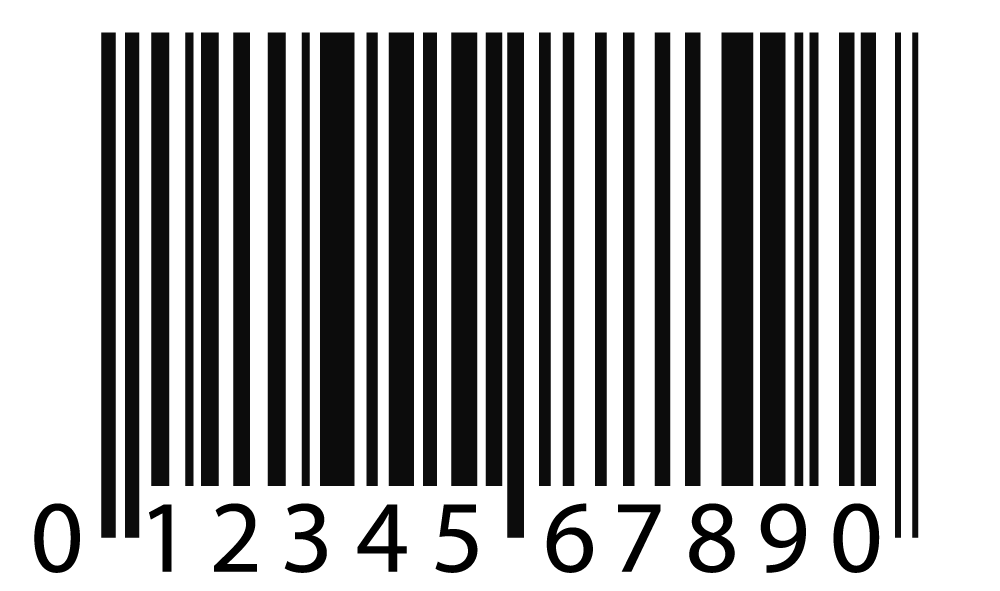We previously posted a blog on the super exciting topic of SKUs. It seemed only right to continue our mission to de-code fulfilment jargon. We now turn our attention to the equally thrilling subject of barcodes! What are barcodes? Are barcodes different to SKUs? Why use barcodes? Where do barcodes come from? What do barcodes look like? If we haven’t lost you already, bear with us… we’ll make this read as pain free as possible.
What are barcodes, when do we use them and what do they look like?
A barcode is a symbol made up of parallel lines that can be scanned using laser or camera-based systems. Every product variant or SKU should have its own barcode – a unique series of numbers.

There are many types of barcodes that differ in lengths and encodings, but the main variations are EAN-13, EAN-14 and UPC (12) from the GTIN (that’s the Global Trade Item Number) family.
- EAN-13 or European Article Number – a 13-digit number used for individual products, widely used in Europe and guaranteed to be recognised by POS (that’s point of sale) systems all over the world
- UPC (12) or Universal Product Code – a 12-digit number used for individual products, widely used in the US and Canada, and guaranteed to be recognised by POS systems all over the world
- EAN-14 – Used to barcode an outer case (for example, a box of 12 keyrings) in a logistics or fulfilment environment
Note: The only difference between an EAN-13 and a UPC (12) is that an EAN-13 has an additional digit (country code) at the front.
How are barcodes different to SKUs?
Whilst both barcodes and SKUs are codes assigned to products, they are in fact two quite different entities.

To eliminate human error – whether it be for stocktakes, stock movements or processing orders, scanning a barcode is much more accurate and efficient than relying on manually-entered data.
Why are barcodes used?
- Avoid traceability and delivery errors – barcodes eliminate the chance of the wrong product being sent to the wrong end consumer.
- Real-time data – the processing speed of a barcode means that stock levels and movements are available in real-time allowing retailers to reduce stock on hand and achieve just-in-time deliveries.
- Global product identification language – any product with a barcode can be shipped and sold globally.
Where do you get a barcode from? GS1 UK
GS1 UK is one of 112 independent, not-for-profit GS1 organisations operating across 150 countries worldwide that issues all UK based barcodes. They are the only official body that can provide you with internationally recognised barcodes. Registering with GS1 UK ensures that your barcode is unique to your product.

Recent Comments